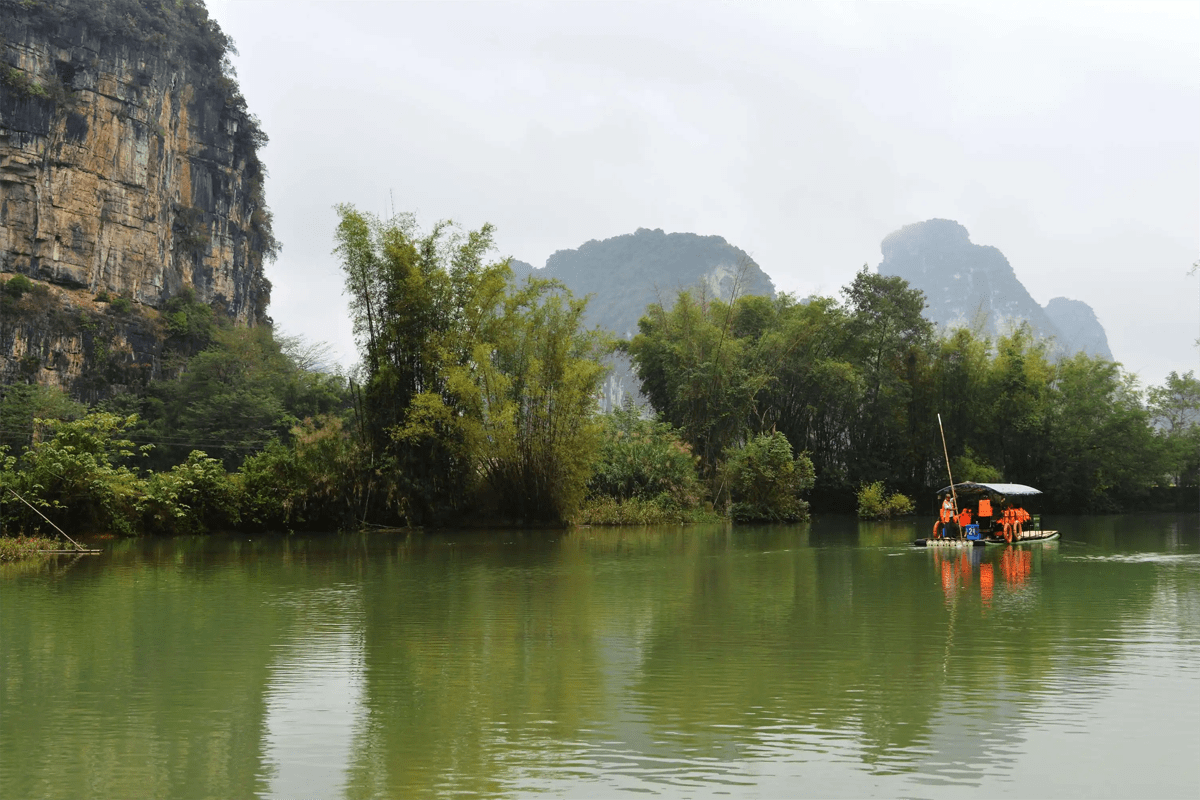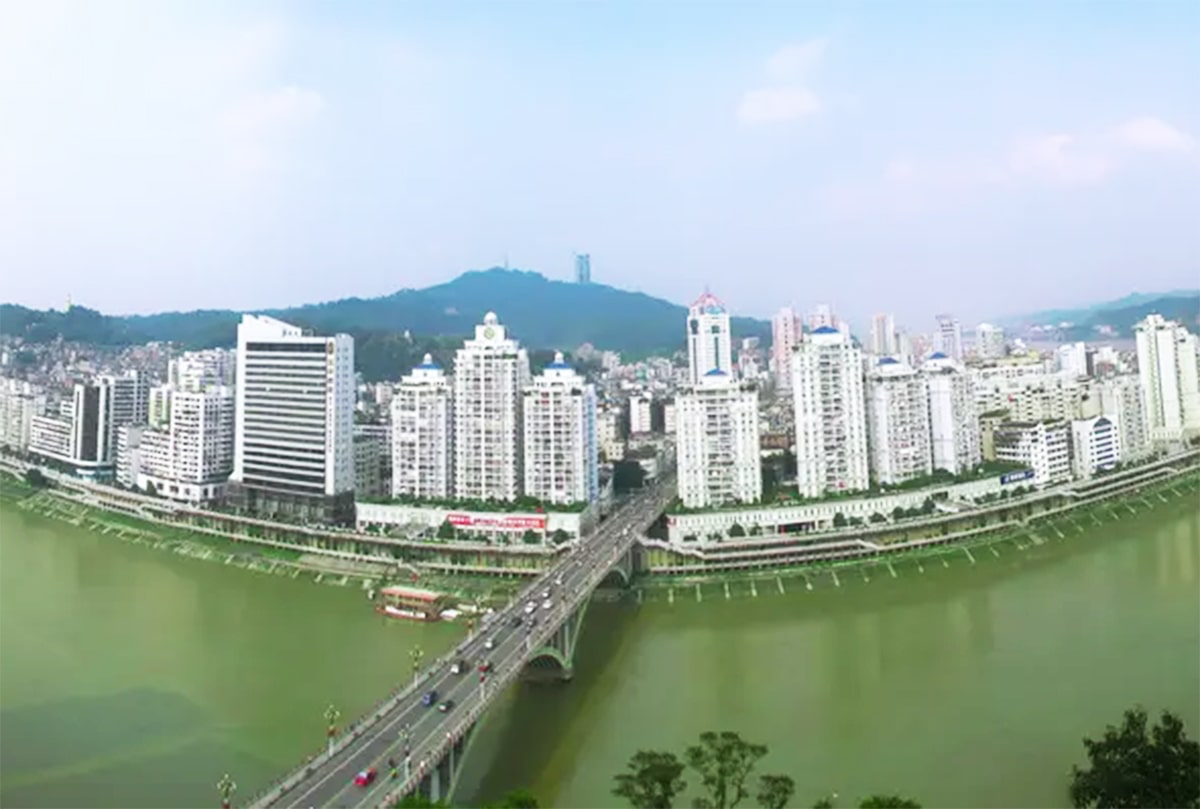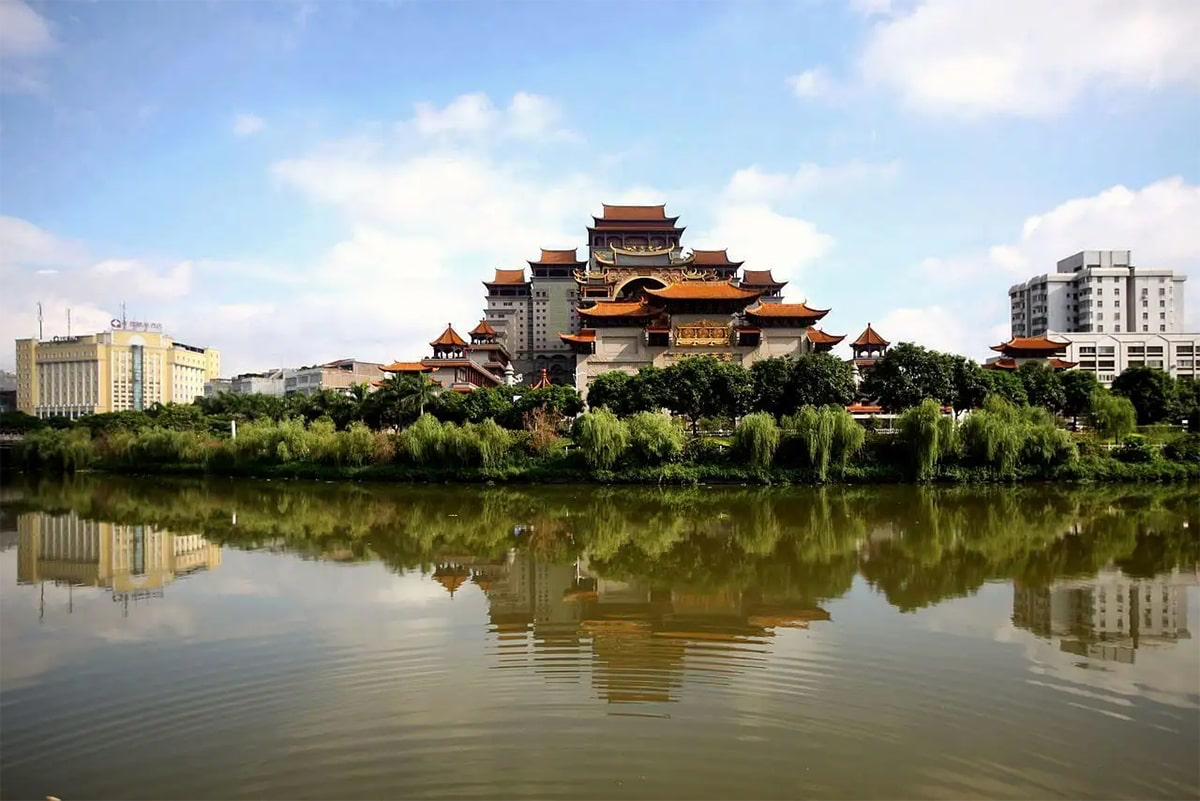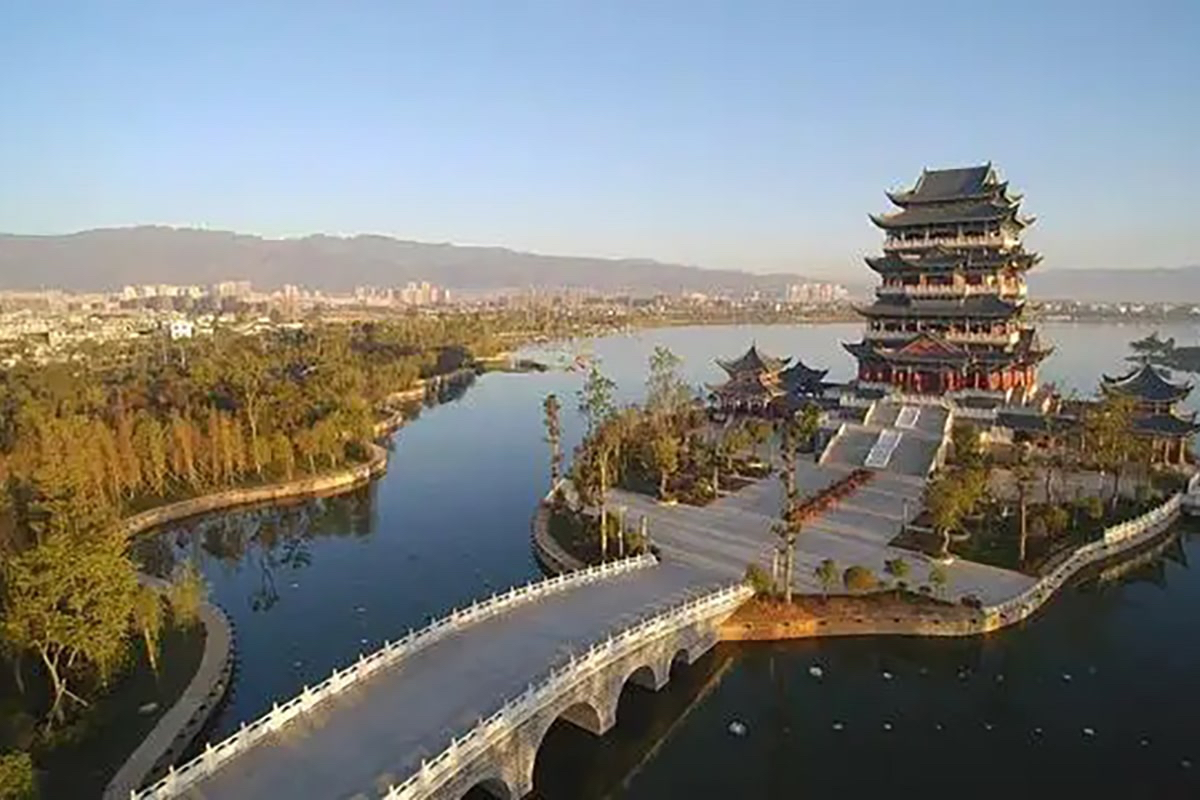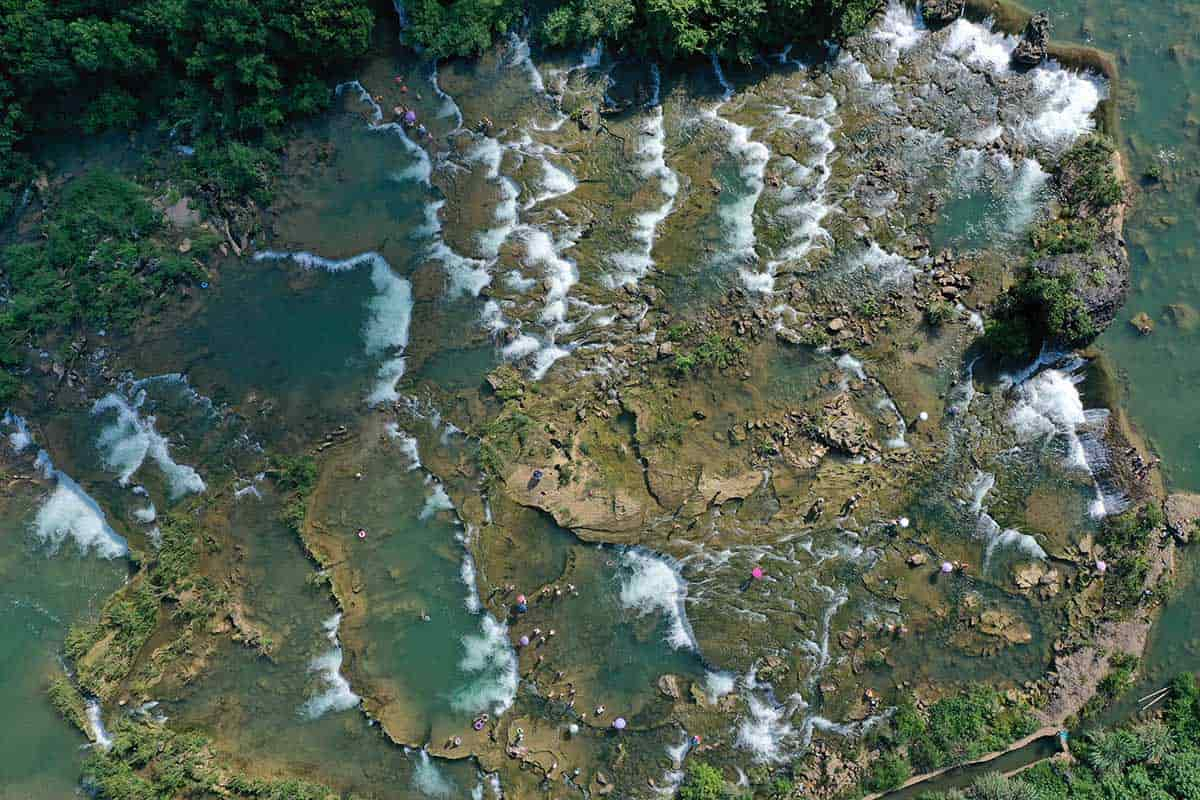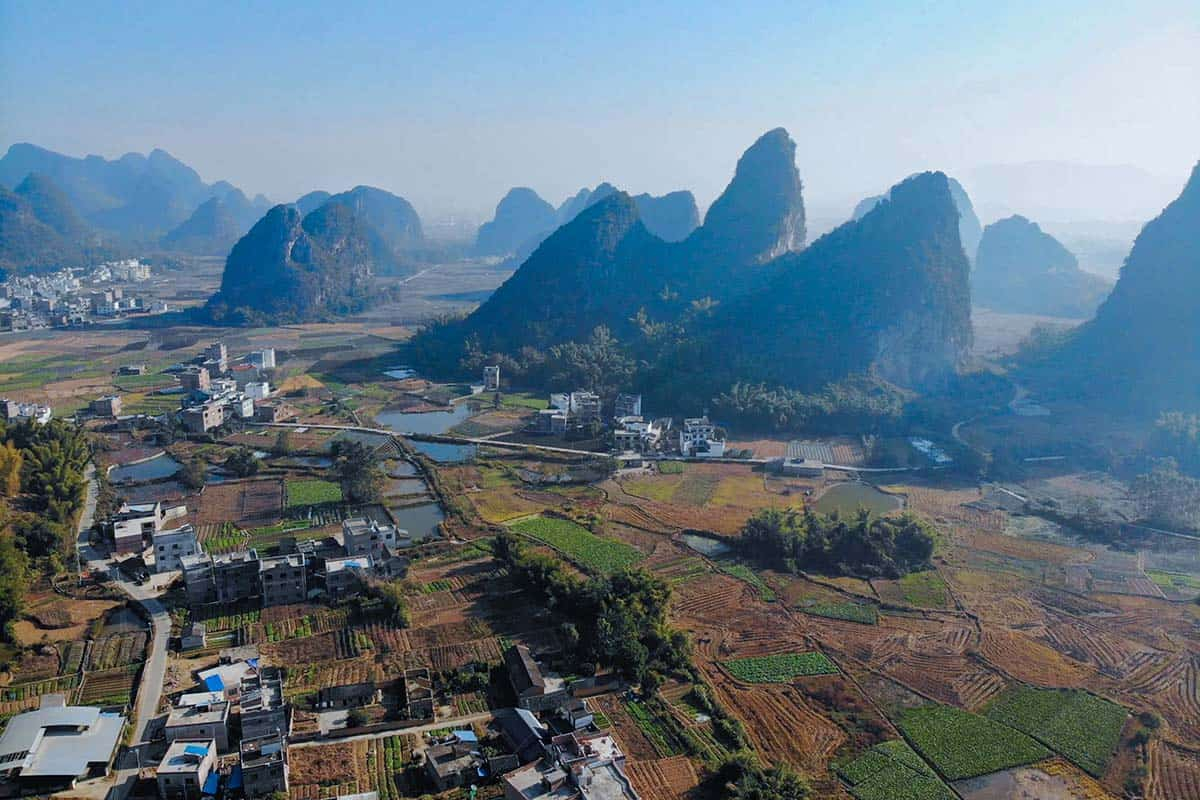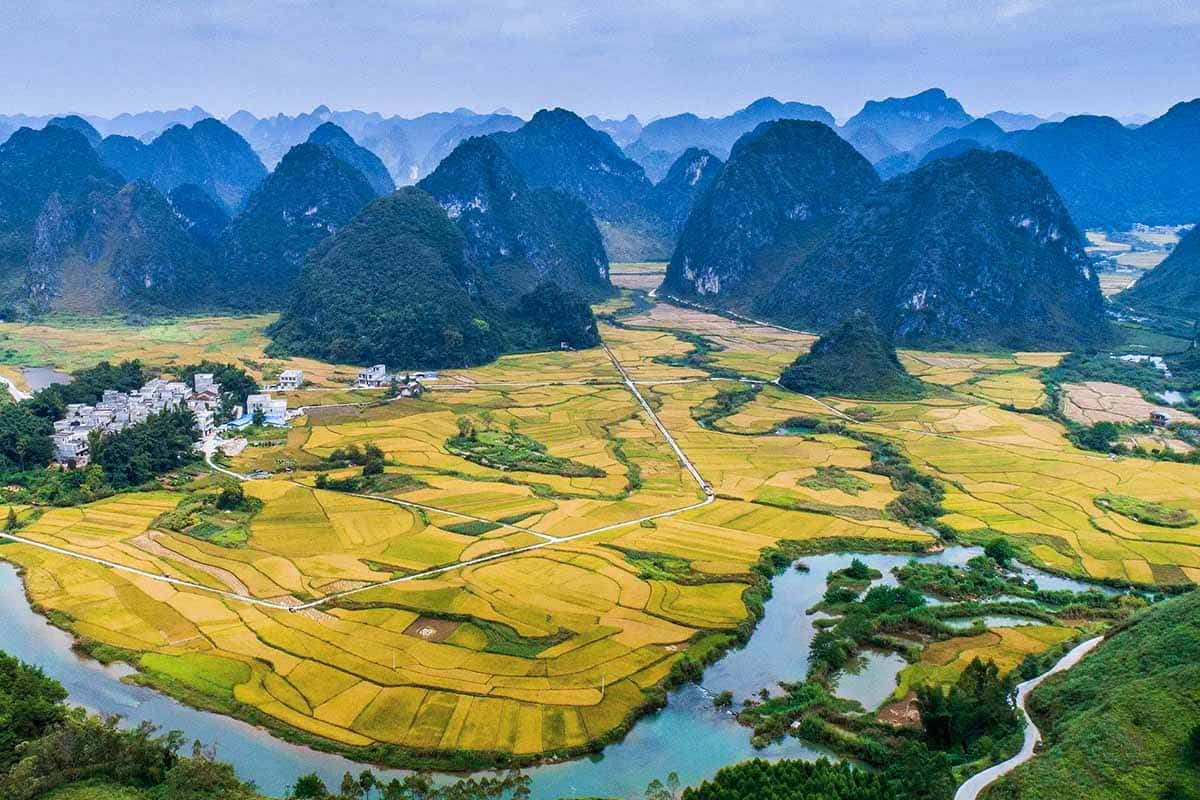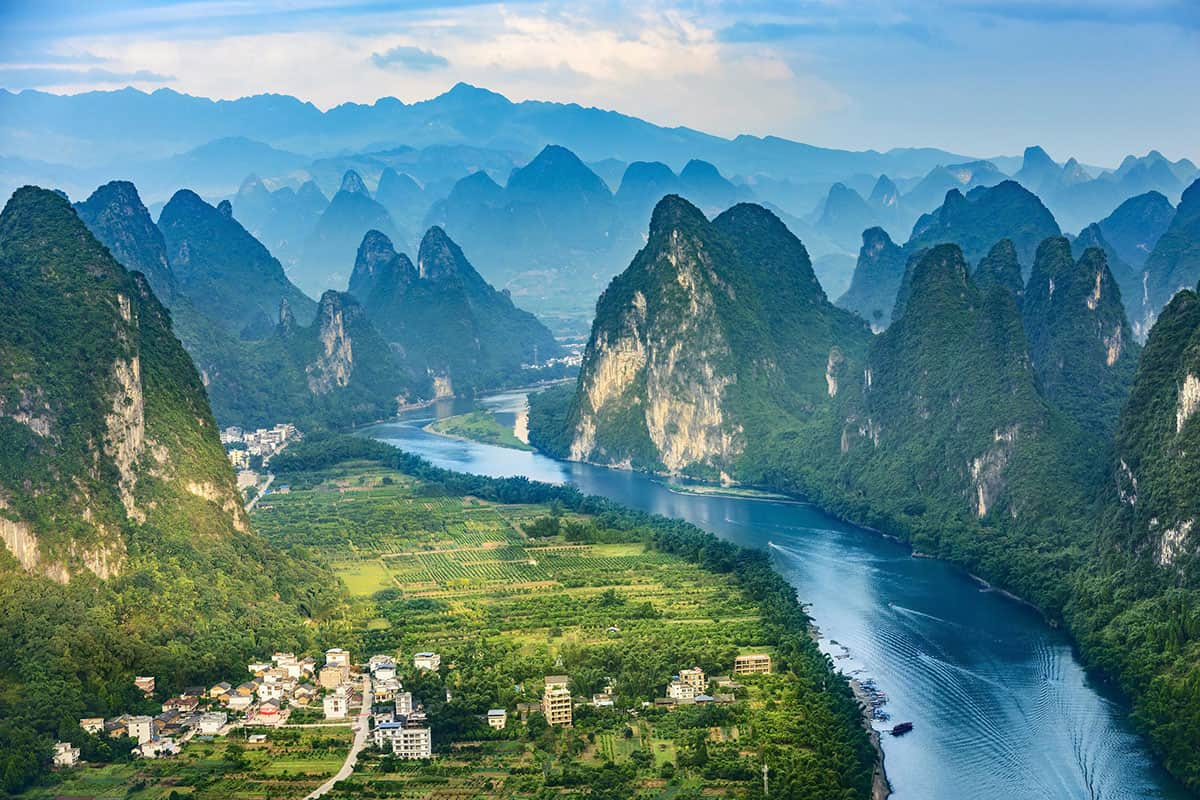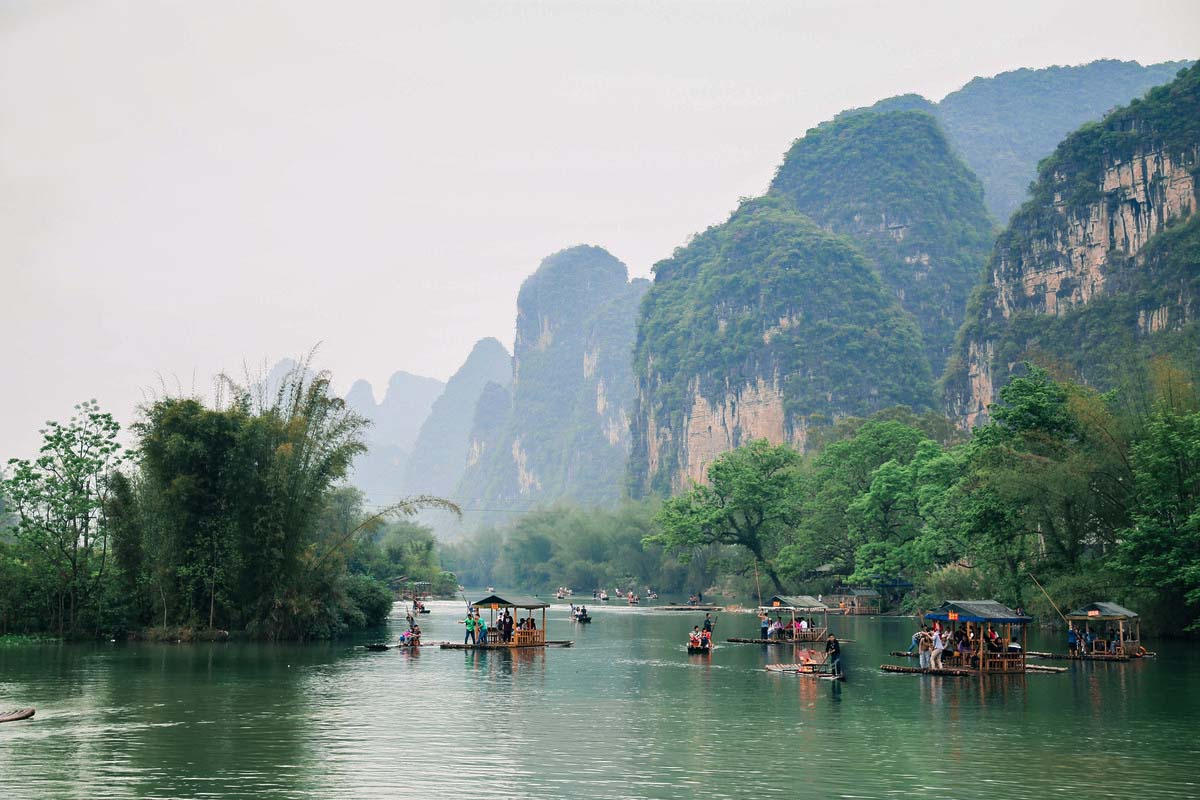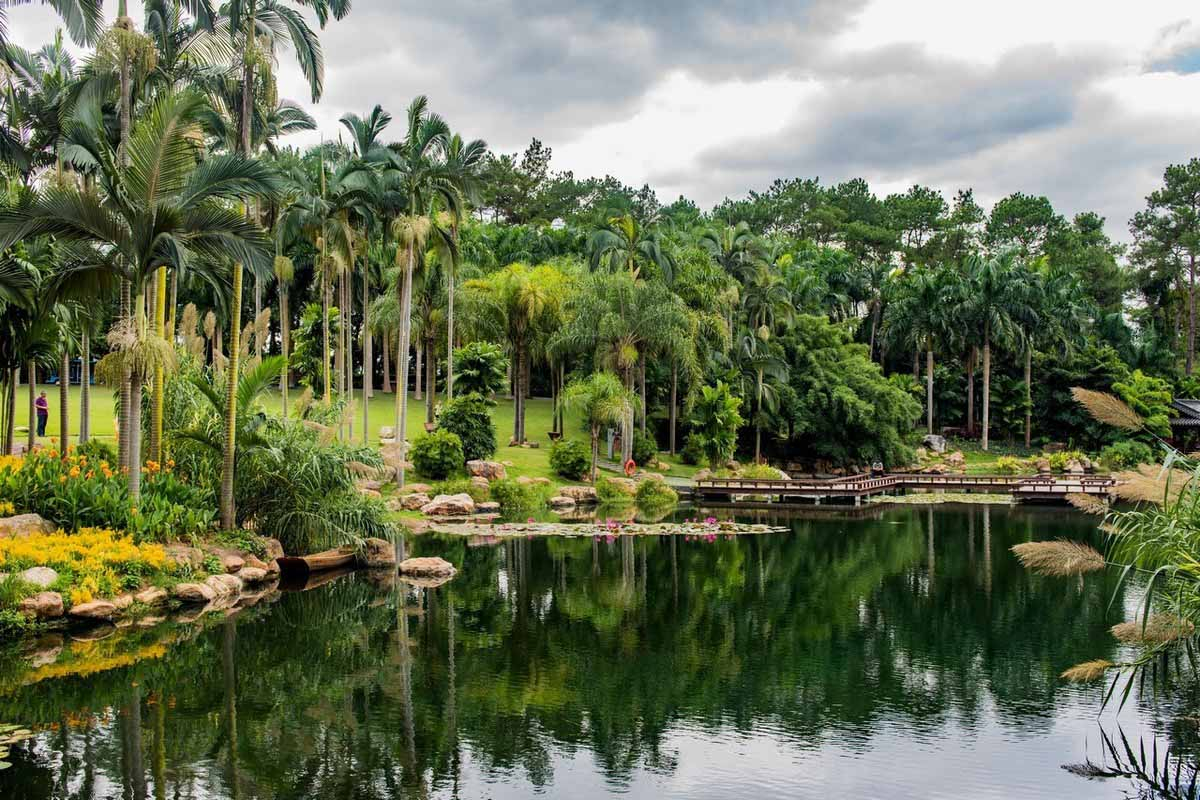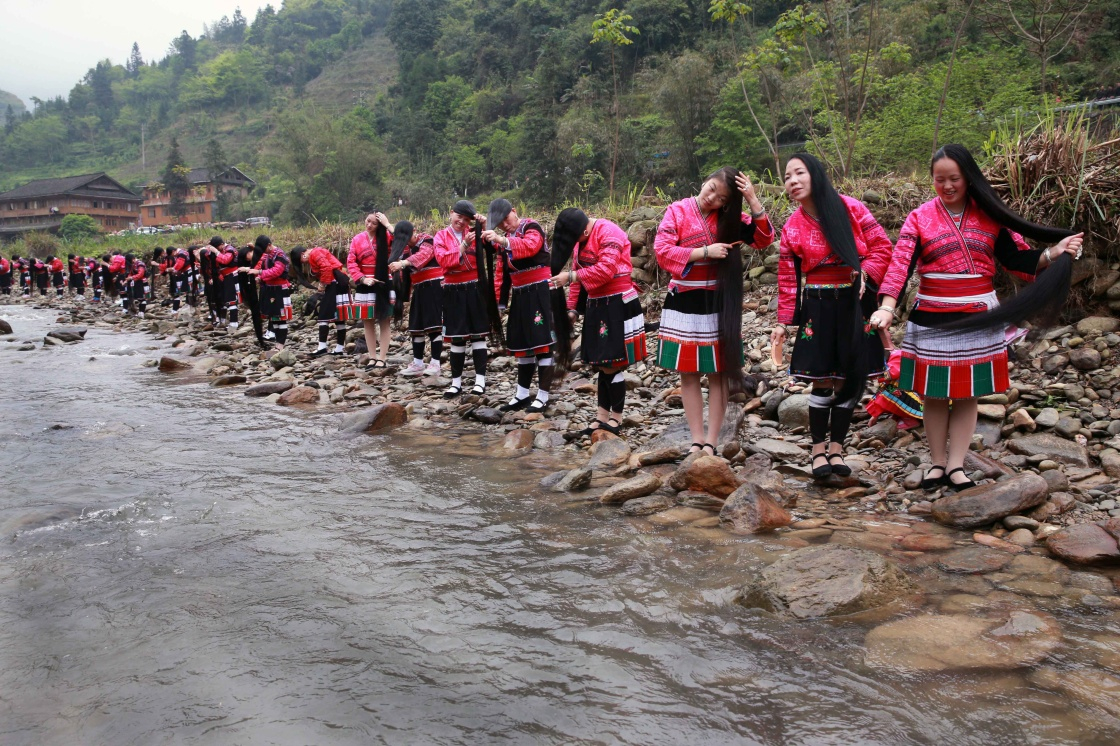Guangxi Baise Travel Guide
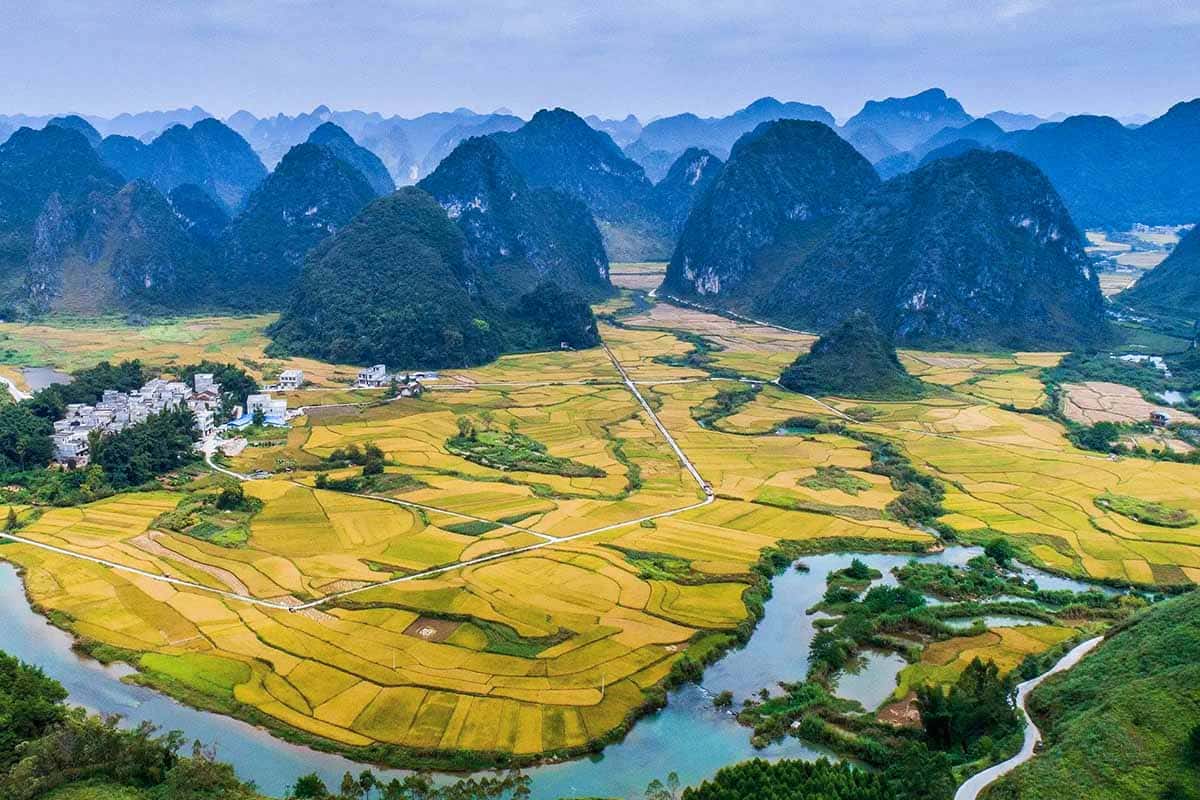
Baise is a prefecture-level city in China´s Guangxi Zhuang Autonomous Region. Baise is located in northwestern Guangxi bordering Guizhou and Yunnan provinces and Vietnam. It is centraly located between the 3 major southwestern capitals, Nanning, Kunming, and Guiyang. Its area is 3,726 square km and is more than 55% forested.Baise is blessed with beautiful natural scenery. Forested mountains harbor numerous species of plants and animals. The border areas are some of the least developed lands left in China. These features along with unique ethnic minority culture and important historical sites make it a growing tourist destination.
In addition, Baise is a multi-cultural city with 7 ethnic minority groups, including the Zhuang, the Miao, the Yi, the Molao and the Yao. They live together harmoniously and retain their cultural legacy and life practices. The minority groups account for almost 80% of the city's total population.
● What to do and where to go in Baise
Baise is blessed with beautiful natural scenery. Forested mountains harbor numerous species of plants and animals. The border areas are some of the least developed lands left in China. These features along with unique ethnic minority culture and important historical sites make it a growing tourist destination.
Major attractions in Baise include the Baise Uprising Memorial Park and the local ethnic minorities, which include the Zhuang, Yao, Miao, Yi, Gelao and Hui people. Other popular destinations include Dawangling Virgin Forest Scenic Area, Tongling Grand Canyon and Gulongshan Canyon.
Visit Baise Uprising Memorial Hall and Park to learn about the Youjiang Rebellion of 1929, when members of the Communist party revolted against the Nationalist government. Enjoy the rides and gorgeous gardens of Baise Garden Expo, or go horseback riding and listen to local music at Jiangmei Debao Short Horse Paradise.
Explore China’s highest waterfall in Tongling Grand Canyon and raft through caves in Gulong Mountain Scenic Area, or explore the awe-inspiring collapsed caves of Dashiwei Tiankeng Group National Geopark.
Leye-Fengshan Geopark consists of Leye Dashiwei Tiankeng Group National Geopark and the Fengshan Karst National Geopark, covering an area of 930 square kilometers.
The Geopark has two large underground river systems, forming a peak cluster landscape, with the world's largest Dashiwei Tiankeng groups, the most concentrated caves, the largest span of natural bridges and typical cave sediments, the most complete skull fossils of early giant panda races, as well as the diversity of flora and fauna retained by the unique tiankeng ecological environment, such as the Tiankeng plant community and the Buliu River Valley forest community.
Situated in Jingxi county of Baise city, Tongling Grand Canyon boasts precious age-old plant,deep canyon,clear water and green vegetation.It is praised as the greenest canyon in China.
Gulong Mountain is located in Xinling Village, It stands at the foot of the famous Tongling Grand Canyon and Detian Transnational Waterfall, forming an original ecological picture.
Jingxi is a very small city located near border of China and Vietnam. Beside it`s limestone peaks, caves, lakes, waterfalls, terraces, can not believe in such small and remote city there still has man made marvel: Gulongshan bridge. Located in Gulongshan scenic area, this bridge has three 120m span with pier 106m tall; high 130m from deck to water, total length about 1 km.
Goose Spring is one of the 8 sights of Jingxi. The spring have been famous for its beautiful landscape for ages. The water of the spring is clear as crystal, with plants underneath the surface. Together with the mountain and farmlands around, the spring makes a idyllic scenery.
Located in Lingyun County of Baise City, Haokun Lake originated from Chengbi River in Qinglong Mountain. The lake and the mountains are beautiful with twisting shoreline and star-studded islands. And dozens of mountains tightly encircles a clear and limpid lake.
● Baise Climate
Baise has a monsoon-influenced, humid subtropical climate , with short, mild, and dry winters, and long, very hot and humid summers. The monthly 24-hour average temperature ranges from 13.5 °C in January to 28.4 °C in July, for an annual mean of 22.12 °C . Rainfall is low compared to more easterly locations in Guangxi, averaging around 1,067 mm per annum, a majority of which occurs from June to August.
Significant temperature variation exists in the prefecture; the western region, with an average elevation surpassing 500 m , lie along the southeastern fringes of the Yunnan–Guizhou Plateau, and hold a climate similar to that of central Yunnan, with much more moderate summer temperatures.
● Baise Transportation
Airways- Liuzhou Bailian Airport is located 5.5 kilometers in southeast region of Tianyang County, 38 kilometers from the urban area of Baise. This 4D-standard airport occupied an area of 400 hectare, with the runway measuring 2540 in length, 60 meters in width, which is available for the landing and taking off of most of the medium-sized aircrafts. Recently the airport has opened up directed airlines which are available to most metropolises including Beijing, Shanghai, Guangzhou, Shenzhou, Haikou and so forth.
Railways- Baise Station is a key station along Line Nanning-Kunming, which is 234 kilometers from the former and 594 kilometers from the latter. The Station is available for dealing with various sorts of affairs including the landing and taking off of the plane, the consigning of shipment as well as freight transportation. There are lines directed to the cities around the city including Nnanning, Kunming, Guangzhou, Zhanjiang and so forth.
Highways- There are several convenient lines directed to cities within the province from Baise Coach Station, including Nanning, Beihai, Guilin, Liuzhou and Yunlin.
- HOTEST
- RECOMMEND
